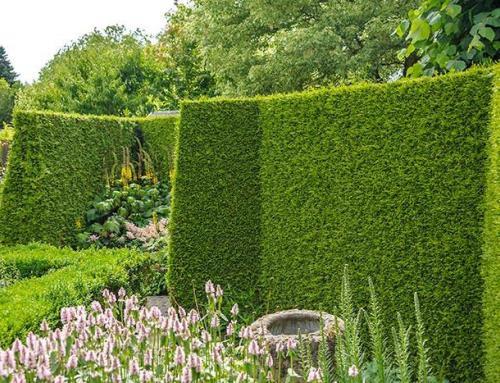23+ Japanese Dappled Nishiki Willow Tree

They are hardy in usda zones 4 to 8 where the temperature does not drop below minus 10 degrees fahrenheit.
Japanese dappled nishiki willow tree. For example prolonged heat drought and compacted clay soil. The dappled willow tree salix integra is also sometimes referred to as the japanese dappled willow and the nishiki willow. This fast growing but small sized ornamental tree will quickly fill out to become the star of your entryway garden patio area or poolside plantings but will never overwhelm the space it s given. Although willows are somewhat adaptable a combination of adverse conditions will be detrimental to the plants health. Compact it sports a luminous variegated foliage on graceful branches throughout the growing season. Dappled willow trees also called salix integra hakuro nishiki are some of the smallest willow trees growing only 4 to 6 feet tall and 4 to 6 feet wide. A slightly acidec to alakline ph is preferred from 5 6 acidic to 7 8 mildly alkaline.
The drooping form is considered a fluid accent for natural waterways. Several weeks ago i wrote a post about one of my favorite shrubs the japanese dappled willow hakuro nishiki salix integra. Hakuro nishiki japanese dappled willow shrub tree 8 cuttings 4 6 lengths plant r1 36 17 36 17 5 00 shipping only 5 left in stock order soon. Dappled willow will tolerate salt well so hakuro nishiki is a nice choice for street and boulevard ornamental trees. It s a fast growing variegated willow that works well as a privacy screen and is hardy in zones 4 9. The plant is a cultivar of salix integra a willow species that is found in certain parts of china japan and korea. It s deciduous so it will be bare over the winter but the new growth in the spring time is fun to look at.
Attracting the eye with its bright showy colors salix integra hakuro nishiki dappled willow is a deciduous shrub or small tree of great beauty. Its traditional use is beside streams and water features in asian gardens where like most willows it is tolerant of perennial damp and seepage. Apart from the colorful foliage even the stems of the plant turn red during winters and produce catkins during spring. It is a small growing deciduous tree that is usually grown as a shrub since it only grows to between 8 and 10 feet in height.





































































